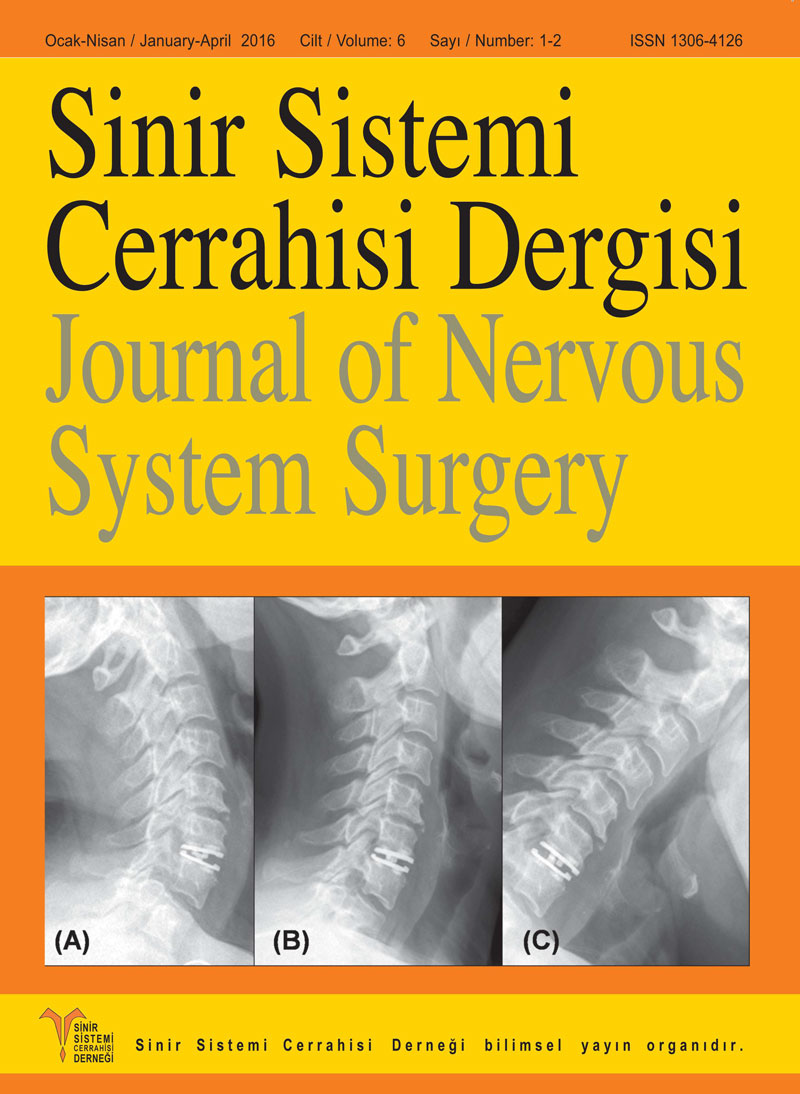Changes in Sagittal Alignment After Cervical Disc Arthroplasty: Results of 24-Month-Pilot Study
DOI:
https://doi.org/10.5222/sscd.2016.001Keywords:
Sagittal balance, kyphosis, cervical arthroplasty, cervical sagittal alignment, synergy disc, kinematics, center of rotation, artificial discAbstract
Background Context: For cervical disc replacements to be comparable to the gold standard of cervical discectomy and fusion (ACDF), disc replacements they must be able to provide normal range of motion as well as predictable and reliable correction of cervical alignment. The Synergy Disc was designed to provide correction of alignment in the sagittal plane while restoring physiologic range of motion.
Purpose: This study evaluated whether the Synergy Disc provided preservation and/or restoration of sagittal alignment while normalizing kinematics and providing acceptable clinical outcomes. The alignment provided by the Synergy Disc was compared with a retrospective cohort of 30 single- level ACDF patients.
Study Design/Setting: The pilot trial was a multi-center, prospective, consecutive patient enrollment study using the Synergy Disc for the treatment of single and two-level degenerative disc disease of the cervical spine.
Patient Sample: The procedure was performed on 43 patients (45 implants) with follow-up on 40 patients (42 implants). For the historical cohort ACDF arm, 30 patients with similar follow-up with single level anterior discectomy, fusion and plating were used for segmental lordosis measurements.
Outcome Measures: For the Synergy Disc group, the kinematic outcome parameters included: range of motion (ROM), shell angle (SA), disc height (DH), sagittal plane translation and center of rotation (COR) in the X and Y direction. Standard assessments of clinical outcomes were also measured (Neck Disability Index, Visual Analog Scale). For the fusion arm, only functional spinal unit (FSU) angle was recorded using a single preoperative and postoperative standing lateral cervical radiograph.
Methods: In the Synergy Disc group, static and dynamic radiological assessments were performed in 43 consecutive patients prior to the placement of the Synergy Disc. Forty patients were studied for the course of the study protocol (3 patients lost to follow-up). For the Synergy Disc group, lateral cervical radiographs were evaluated for range of motion, translation, center of rotation, disc height and shell angle before and at the longest postoperativr follow-up. Neck Disability Index and Visual Analog Scale for arm and neck pain were collected and analyzed. For the fusion group, standing lateral radiographs were reviewed.
Results: In all the patients (40 patients, 42 implants), followed up for at least 24 months at an average of 28 months the average SA of the Synergy Disc was maintained at 6±2.7° of lordosis. Preoperative ROM, translation and center of rotation on X axis did not change significantly following surgery. There was a significant upward shift in the center of rotation on Y axis. There was significant improvement in all clinical outcome measures. In the fusion group, with a similar follow-up period, there was a 4° increase in lordosis at the FSU.
Conclusions: The Synergy Disc provided lordosis at the surgical level, while maintaining preoperative range of motion, translation and COR X. The lordosis of 6±2.7° provided by the Synergy Disc at 2 years following surgery was comparable to the lordotic correction provided by an anterior cervical discectomy with interbody fusion and plating.


